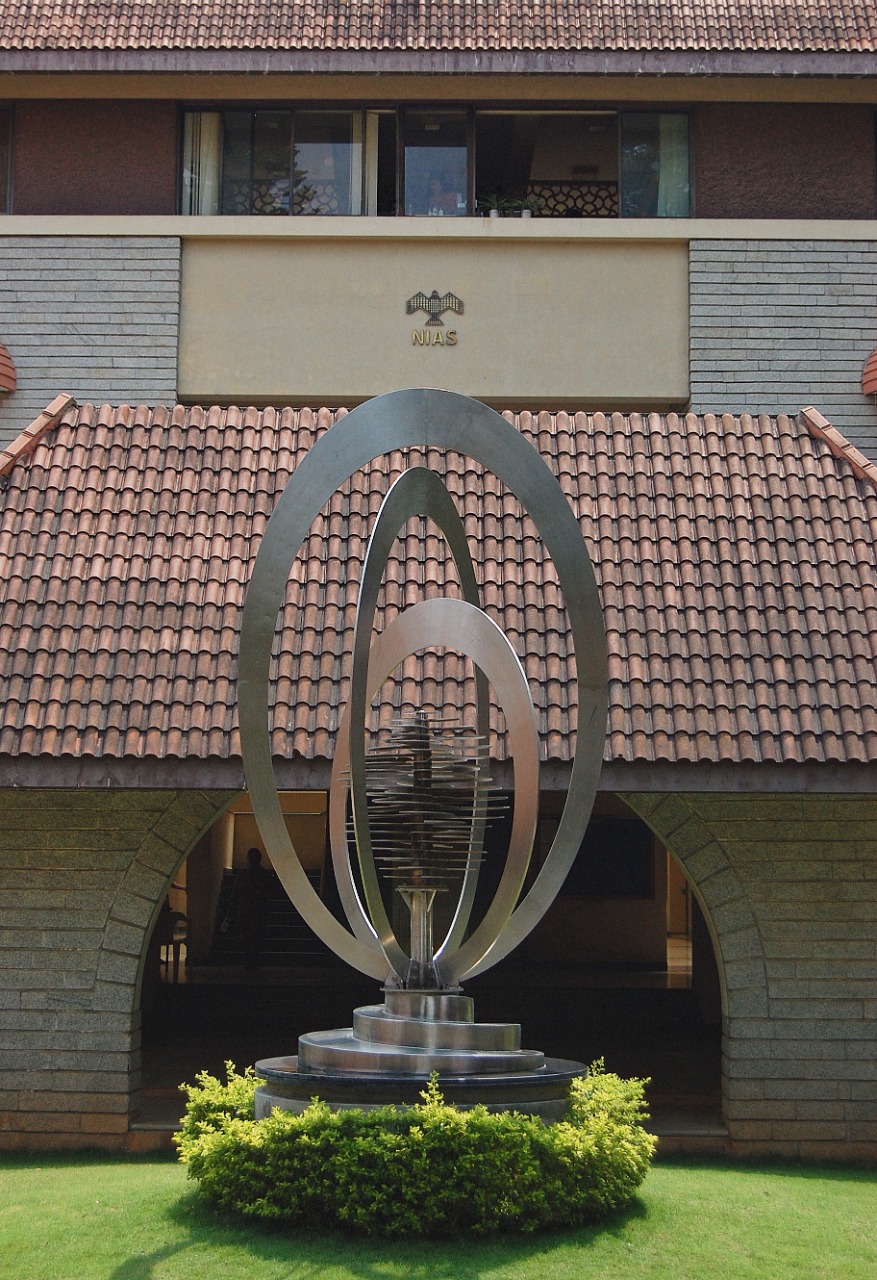
This study looks at one technology – single crystal technology for making aircraft turbine blades – that is critical for improving the performance of a modern jet engine that powers advanced aircraft. It tries to assess China’s ability to use this knowledge in the production of aircraft engines that then fly on airplanes. In making this assessment we chose to compare the Chinese effort with what had happened in the US – the pioneer of this innovation.
The rise of China as a global economic and military power has resulted in a lot of attention being paid to China’s ability to innovate. Emerging Chinese capabilities in science and in technology are increasingly seen as a route for the transformation of China from a follower country to a global leader in innovation
From our analysis of the evolution of this technology in the US through patents and publications we surmise that outside experts tracking technology in the aircraft engine domain would have known about this technology in the 1985 to 1990 time frame. Chinese R&D engineers are known to be particularly good at tracking new developments in the western world. There is no reason to doubt that they had identified this technology as a key material for use in their aircraft engine programme fairly early in the evolution of this technology.
Our study also reveals that after a lot of problems with the reverse engineering of Soviet aircraft and a number of attempts to build up capabilities in both aircraft and aircraft engines via imports and technology transfer agreements, the Chinese had embarked on a major effort at revamping their R&D infrastructure to design, develop and produce aircraft engines by 1980. These activities culminated in the development of the WS10 engine by 1992. After a delay in flight testing lasting about a decade, the WS10 was finally qualified in 2005. However the WS10 engine that was qualified did not use single crystal technology. It used the earlier generation Directionally Solidified (DS) technology that had preceded it.
This non-use of single crystal technology appears particularly puzzling since our survey of the Chinese technical papers published in Chinese journals reveal that a number of Chinese R&D organisations, including several closely linked to aircraft development and production, had started work on this technology in the early 1980’s. The papers suggest that these organisations had achieved considerable progress on all aspects of single crystal technology. An independent evaluation of Chinese capabilities by outside experts from the US seems to confirm that China could produce single crystal aircraft turbine blades during the timeframe of the development of the WS10 engine.
